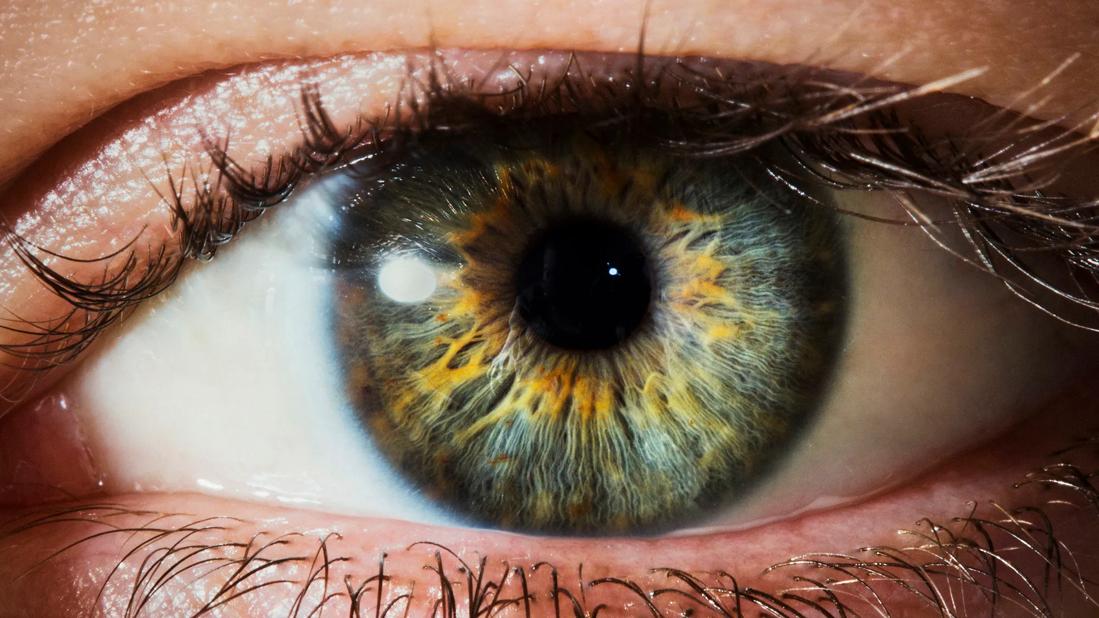It takes millions of moving parts within the eye to make the power of vision possible

If you’re looking at these words right now, your eyes are doing far more than you can even imagine processing what you see.
Advertisement
Cleveland Clinic is a non-profit academic medical center. Advertising on our site helps support our mission. We do not endorse non-Cleveland Clinic products or services. Policy
That’s because it takes millions of moving parts working together in your eyes to make vision possible. Given all that they do, these sensory organs qualify as an engineering and biological marvel.
To get a clear 20/20 view of just how special eyes are, take a peek at these 20 facts from ophthalmologist Allison Babiuch, MD.
Advertisement
Pretty cool stuff, huh? Clearly, a lot is happening in your eyes at any given moment. That’s why it’s important to make sure they stay healthy — and a big part of that involves getting regular vision checkups, says Dr. Babiuch.
It’s generally recommended that children get their vision screened and adults get a comprehensive eye exam every year or two. Visits should be more frequent if you use corrective lenses or are at a higher risk of eye disease.
Schedule an appointment if you suddenly feel like you’re not seeing as well, too.
“It’s amazing what our eyes are capable of doing,” says Dr. Babiuch, “but that doesn’t mean they don’t need your help to stay healthy.”
Advertisement
Learn more about our editorial process.
Advertisement

Once your baby’s eyes are exposed to more light, they may start to deepen in hue or change color altogether, usually between 3 and 9 months

When worn incorrectly, contacts can cause or worsen dry eye symptoms

Preservative-free lubricating drops, a humidifier, sunglasses and preventive medications can help with dry eyes, no matter the season

In moderation, vitamins A, C, D, E, B12 and omega-3 fatty acids can improve and maintain your eye health

Pink eye usually refers to infectious conjunctivitis, which can look similar to allergies or other infections and eye conditions

Apply a cold compress, use antihistamine eye drops and limit salt to help reduce puffiness

Studies have shown an increase in ophthalmic complications as a symptom of COVID-19

Cosmetic procedures such as iris implants and corneal tattooing bring a risk of vision loss

If you’re feeling short of breath, sleep can be tough — propping yourself up or sleeping on your side may help

If you fear the unknown or find yourself needing reassurance often, you may identify with this attachment style

If you’re looking to boost your gut health, it’s better to get fiber from whole foods